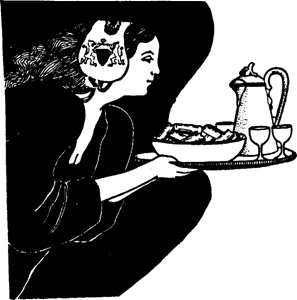 영어토론방 영어토론방 | Home>영어토론방 |
Society Complaints Mount Over Unisex Toilets in
페이지 정보

본문
 Complaints Mount Over Unisex Toilets in Buildings
Complaints Mount Over Unisex Toilets in BuildingsLee Su-mi, a 22-year-old university student, had an unpleasant experience recently while drinking at a bar in Taehangno, central Seoul. With her stomach filled with too much drink, she rushed to a toilet in the bar. But when she opened the door there was a man using the urinal.
``I was shocked to see a guy urinating there. A toilet should be a comfortable place, but unisex toilets are really bizarre places,’’ Lee told The Korea Times.
There are several types of unisex toilets in Korea. The first type is for a single person where there is a toilet and sink in a locked room. Then there is the toilet with both urinals and cubicles and, of course, the toilet with just cubicles both of which can be used by either sex.
These types of unisex toilets are mostly found in Sinchon and Taehangno areas in central Seoul where many university students and young people hang out and go drinking.
According to a survey by a local newspaper of 200 female and 100 male university students in Seoul, almost nine out of 10 said that they feel unpleasant using the toilets because they are too dirty.
The survey also suggested that the toilets have security issues as well as sanitation problems. ``A strange drunk man once hugged me behind a unisex toilet. I wish there had been an emergency bell so that I could have informed someone,’’ said one of the survey-takers.
Women are not the only ones who feel ashamed using unisex toilets.
``After having had an embarrassing experience, I always lock the door when using unisex toilets. One day I was using a unisex toilet that had a broken lock, when another lady came into the toilet without noticing me. We were both very surprised and embarrassed,’’ said Im Young-su, a 32-year-old bank clerk from Seoul.
``I wonder if there are any regulations on unisex toilets because most people complain about them,’’ he added.
In fact, there are regulations concerning the toilets. According to a law that was revised in 2004, buildings larger than 3,000 square meters, new buildings and public facilities must have separate male and female toilets.
The law however, does not apply to private buildings, with a floor space of less than 3,000 square meters. ``Unisex toilets should be abolished by changing the law to include buildings smaller than 3,000 square meters. And in the case of the already established buildings, government officials should give them a period of grace to abolish unisex toilets,’’ said Pyo Hye-ryong, representative of the Citizen’s Coalition for Restroom Culture.
``Local government should also do something to improve restroom culture as well as putting pressure on pubs to improve their facilities,’’ Pyo said.
Owners of the buildings, however, have taken a stern stance on the suggestion.
``Who will pay for the extra cost of building separate toilets? It will take two weeks to build separate toilets at a cost of 6 million won,’’ said a 46-year-old, who runs a pub near the Taehangno area.
``And we need more space for business, not for toilets. That’s why it will be difficult to abolish unisex toilets at most bars,’’ he added.
**For your tips**
■be at a loss: 당황하여 멍하게 된 모습
■unisex toilet: 남녀공용 화장실
■abolish: 없애다
Question
1. Have you ever used a unisex tailet before?
2. What is the problem of unisex toilets?
3. Why do you think some buildings keep unisex toilets?
4. To enjoy culture of comfortable and clean toilets, what should the government,
a corporate, and an individual do?
이 글은「대학연합영어토론동아리」www.pioneerclub.com에서 제공하는 영어토론 정보입니다.
댓글목록
등록된 댓글이 없습니다.

